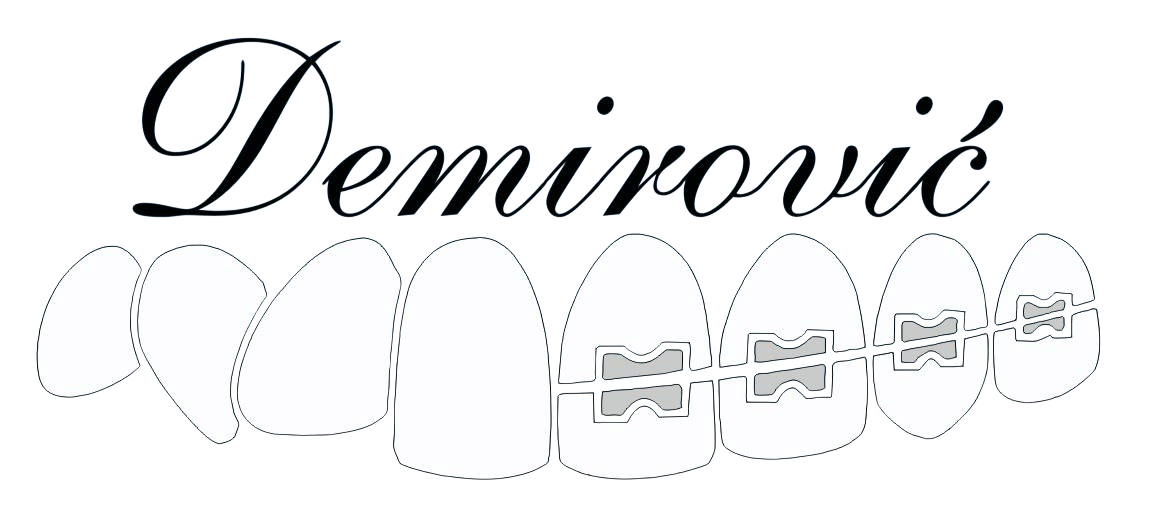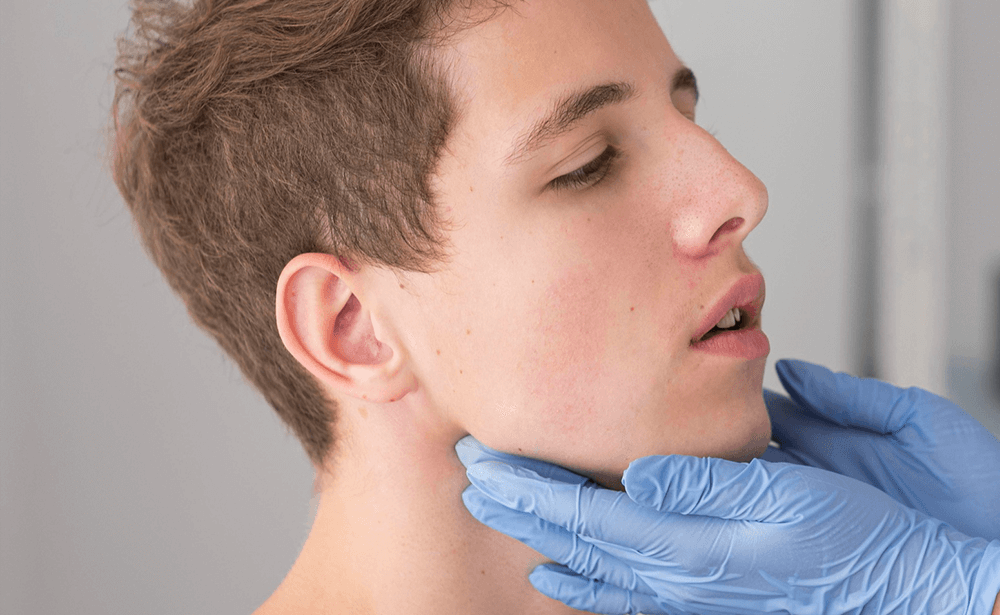Temporomandibular (jaw) joint
The diagnosis of temporomandibular joint disorders involves a detailed examination of symptoms, the patient's medical history, and, in some cases, imaging tests such as X-rays or MRI scans. These tests help in the precise analysis of the joint and tooth positions, allowing for an accurate diagnosis and the determination of appropriate therapy.
Signs and symptoms of temporomandibular joint disorders:
- Pain in the temporomandibular joint and surrounding structures
- Locked jaw (complete blockage in mouth opening)
- Limited mouth opening
- Joint sounds such as clicking and popping
- Jaw deviation (shifting of the jaw to the side during opening)
- Difficult or painful chewing
- Pain and tension in the chewing muscles
- Tinnitus (ringing in the ears)
- Bruxism (teeth grinding and clenching)
Causes of temporomandibular joint disorders:
- Complex orthodontic anomalies
- Occlusal disorders (bad bite)
- Incorrect previous orthodontic therapy
- Incorrect previous prosthetic bite reconstruction
- Bruxism (teeth grinding and clenching)
- Trauma
- Emotional stress
Treatment of temporomandibular joint disorders:
- Occlusal splints (on the upper or lower jaw) help reduce tension and alleviate pain in the chewing muscles and temporomandibular joint, and are often used for bruxism and bite disorders.
- Occlusal positioners are devices that help correct the bite by reducing muscle tension and improving the functional performance of the jaw.
- Orthodontic therapy for the temporomandibular joint Specialized orthodontic appliances can correct bite irregularities and jaw positioning, thereby reducing stress on the temporomandibular joint.
- Myofunctional exercises are exercises that help relax the chewing muscles and improve the function of the temporomandibular joint, leading to a reduction in pain and tension.
Frequently Asked Questions (FAQ)
Here you will find answers to the most common questions that our patients ask regarding this service.
Temporomandibular disorders (TMD) comprise a group of conditions that affect the function of the temporomandibular joint (TMJ), which connects the lower jaw to the skull. These disorders can cause jaw pain, difficulty chewing, teeth grinding, and limited jaw movement. The causes can vary and may include bite problems, injuries, stress, and bruxism.
The diagnosis of temporomandibular disorders involves a detailed examination of the patient's symptoms, medical history, and physical examination. In some cases, imaging tests such as X-rays or MRI scans may be required to accurately assess the joint's functionality and the position of the jaws. Based on this information, the specialist can make an appropriate diagnosis.
The symptoms of temporomandibular disorders can vary, but the most common include pain in the temporomandibular joint or surrounding structures. Patients may experience a locked jaw, which means a complete blockage in mouth opening, as well as difficulty or painful chewing. Joint sounds, such as clicking or popping, are also common signs of this disorder. Other symptoms include pain and tension in the chewing muscles, tinnitus (ringing in the ears), and jaw deviation, where the jaw shifts to the side when opening the mouth.
Temporomandibular disorders can arise from various factors. Among the most common causes are complex orthodontic anomalies and occlusal disorders, such as a bad bite. Additionally, incorrect previous orthodontic treatment or prosthetic bite reconstruction can lead to temporomandibular joint dysfunction. Bruxism, or teeth grinding and clenching, as well as trauma or emotional stress, can also be causes that trigger disorders in the temporomandibular joint.
Treatment for temporomandibular joint disorders can involve a variety of approaches, depending on the specific disorder. Some of the most common treatments include the use of occlusal splints on the upper or lower jaw, which help reduce tension and pain. Additionally, occlusal positioners are used to correct the bite and reduce muscle tension. Orthodontic therapy, which may include devices for bite correction, helps fix bite irregularities that can cause the disorder. Myofunctional exercises can also be beneficial for relaxing the chewing muscles and improving the functionality of the temporomandibular joint.

